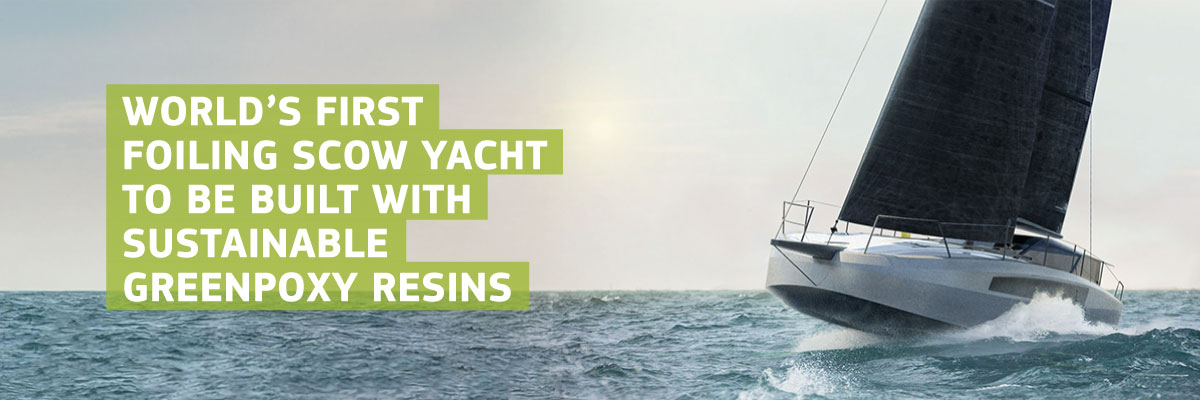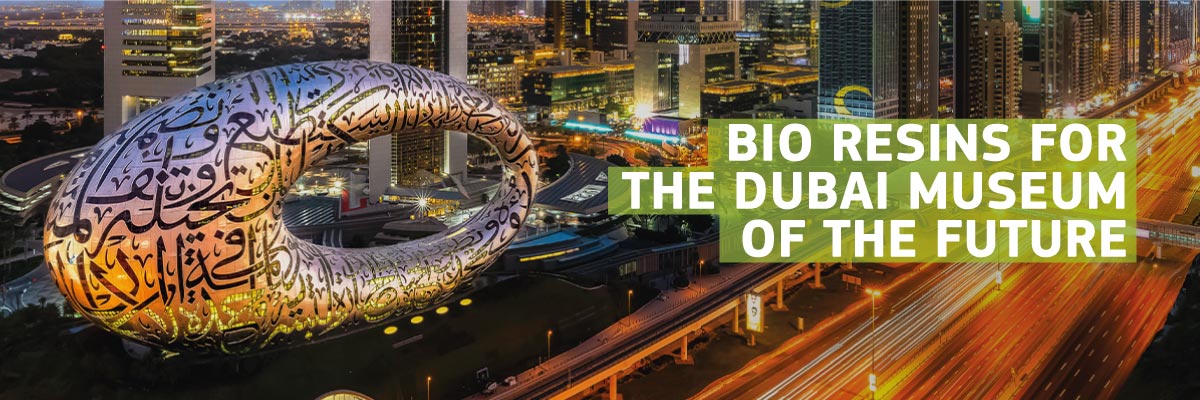PVC FOAM
PVC foam offers a good stiffness-to-weight ratio, is compression-resistant, does not absorb water and is optimal as a thermal insulator.
PVC M FOAM
Structural sandwich core
M Foam is a cross-linked PVC foam for “High performances” sandwich structures subjected to various static and dynamic loads. This material is compatible with most thermosetting and thermoplastics resins from the market (epoxy, polyester, vinyl ester, phenolic and some acrylic resins). In order to best fit your applications, it is available in different finishing options (perforated, grooved, scrim, etc. see M Foam document – Possible options).
Manufacturing process
Contact and projection
Infusion, injection (RTM) cold as hot (up to 80 ° C for grade M.Foam)
Low temperature pre-impregnated fabrics (up to 80 ° C)
Bonding in press or vacuum on different types of support (metal, wood, …)
PVC ET FOAM
High temperature structural sandwich core
ET FOAM is a closed-cell, high temperature resistant, cross-linked PVC foam developed for “High Performance” sandwich structures subject to elevated static and dynamic loads.
Its high thermal stability makes it possible to respond to high T°C process problems and/or when the part is exposed to a high service T°C (Tg 140°C / HDT 135°C).
ET FOAM has a high fatigue life and elongation at break and is also compatible with the usual thermosetting resins (EPOXY,POLYESTER, VINYLESTER).
Manufacturing process
Contact and projection
Infusion, cold and hot injection (up to 140°C for the ET FOAM grade)
Pre-impregnated fabrics (up to 140°C maximum and excluding autoclave)
Gluing under press or vacuum on different types of support (metal, wood, …)
Thermoforming
SUPERFOAM PVC FOAM
High resilience structural sandwich core
SUPERFOAM is a closed cell PVC foam developed mainly for sandwich structures subjected to high dynamic loads. Its exceptional elongation at break characteristics, coupled with its impact resistance and fatigue resistance make SUPERFOAM particularly suitable for parts that are highly exposed to impact:
– Shipbuilding: hull bottom and front areas subjected to slamming
– Mechanical sports: front bumper of racing cars, jet ski and motorcycle fairings, fenders, motorbike fairings, mudguards, etc.)
SUPERFOAM is characterised by a high cold formability, and becomes thermoformable from 70 to 80°C depending on the complexity of the part. It is compatible with thermosetting resins (Epoxy, Polyester, Vinylester)
Manufacturing process
Contact and projection
Infusion, injection and other RTM processes on cold and controlled moulds up to 60°C
Pre-impregnated fabrics (up to 80°C outside autoclave)
Press or vacuum bonding on various substrates (metal, wood…)
Thermoforming over a wide range of T°c (from 70 to 100°C).
PVC L FOAM
Recycled structural sandwich core
L Foam is a cross-linked PVC foam resulting from the recycling of rejected blocks with defects in appearance and/or dimensions, which are therefore not usable. The panels are constructed by assembling PVC sheets of equal density and glued together.
L FOAM allows the manufacture of “high performance” sandwich structures subjected to various static and dynamic loads. This material is compatible with the majority of thermosetting and thermoplastic resins on the market (epoxy, polyester, vinylester, phenolic and some acrylic resins). In order to adapt to your applications, it is available in different finishes (perforation, grooving, checkerboard).
Manufacturing process
Contact and projection
Infusion, injection (RTM) both cold and hot (up to 80°C for the L.Foam grade)
Low temperature pre-impregnated fabrics (up to 80 ° C)
Bonding in press or vacuum on different types of support (metal, wood, …)






















